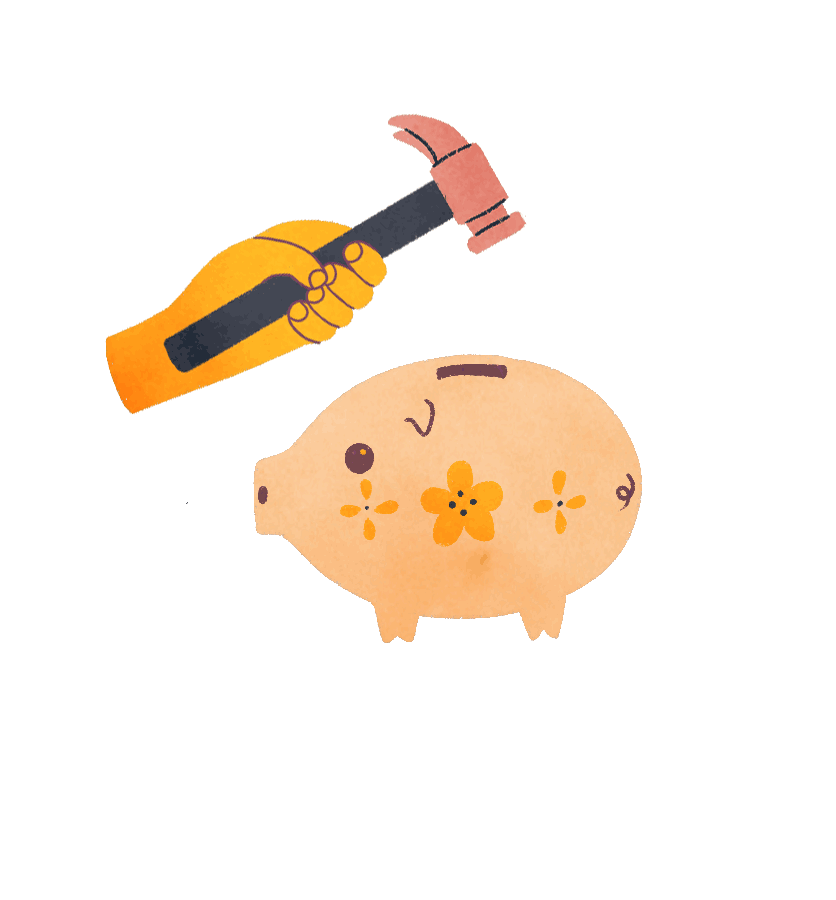Dear Umbra,
I gave up meat because of climate change. Now I see that dairy is very bad, too. I don’t know that I can give up both. How can I reduce my dairy-related climate impact and still, you know, enjoy food? Are some types of dairy less bad than others for the climate? Is hard cheese better or worse than medium or soft? I don’t like going all or nothing. Help!
–Mozzarella, Inverness, Labneh, Kefir? I’m Torn!
Dear MILK IT,
“I don’t like going all or nothing” could easily be the official Umbra motto. Living a planetarily perfect life is a fine aspiration, but no matter how hard you try, there will always be a gap between what you’re currently doing and what you “should” be doing from a climate perspective. To that end, a little compromise is almost always in order.
Let’s start with your assertion that “dairy is very bad.” There are a number of metrics that you can use to describe the environmental impact of dairy products, and by some they certainly look pretty bad! That’s because milk is primarily produced by cows — we’ll get to the other kinds of milk, don’t worry — and cows produce a lot of the potent greenhouse gas methane. Methane’s global warming potential is around 85 times that of carbon dioxide over one or two decades. And cows make it simply by living and breathing.
Ruminant livestock, mostly cattle, account for 3 gigatons of methane per year — around 30 percent of all global methane emissions. And an analysis by the Institute for Agriculture and Trade Policy found that the overall emissions of the dairy industry increased by 11 percent between 2015 and 2017, while production of milk only increased by 8 percent. I don’t think I have to belabor the point that in a world where we’re desperately trying to reduce overall emissions, this is not a positive development.
But what is the climate footprint of one serving of cheese? One meta-analysis ranked the greenhouse gas emissions by weight of over a hundred foods from highest to lowest — with buffalo meat at the top and onions at the bottom. That list put cheese and butter in the 14th and 15th spots, respectively, right below mussels and above something called “rhombus,” which I guess is a type of fish in addition to a kind of polygon. But cheese and butter’s high footprint is a little deceptive given that you’re not as likely to eat a half-pound of concentrated dairy product as you are a half-pound of seafood. (I did have a friend in high school who used to take a stick of butter, dip it in sugar, and take a bite, but that’s not really recommended.)
If you make your way down the carbon-intensive food list, you’ll find that milk and yogurt — unconcentrated cheese, if you will — are ranked closer to avocados, eggplants, and quinoa, which you don’t see villainized quite as frequently for their negative climate impacts. That’s probably because, contrary to what you may read about millennials, the American diet does not typically include massive quantities of avocados, eggplant, and quinoa. However we are incredibly fond of all forms of dairy.
To answer your question about whether certain forms of dairy — soft cheese vs. hard, for example — have lower or higher environmental impacts: They do, but it’s pretty marginal. Soft cheese has more water content by weight than hard cheese, and tends to require less heat and time to make. As a result, soft cheeses are ever so slightly less burdensome on the environment than their hard counterparts. (If you’re hell-bent on getting rid of your taste for dairy, might I recommend referring to soft and hard cheeses as wet and dry, respectively? It could do the trick.)
But, again, so much of a food’s climate rating depends on how you eat it. Think of how you’d throw a healthy dollop of yogurt on a pile of granola as compared to only nibbling on a bit of aged grana padano. Due to their disparate portions and densities, these treats actually have similar carbon footprints.
Even if you care about the planet, eating (or not eating) foods solely based on their environmental virtues may not be the best dietary plan, said Jude Capper, an animal scientist and livestock sustainability consultant. “We have to balance nutritional needs and environmental needs,” she said. “We can all have very low-carbon diets if we look at literature, and foods with lowest carbon footprints per pound and per kilo are sugars, honeys, syrups, etc. We can all live off that, but that leads to obesity and diabetes.”
Dairy may not be the greenest of the green food groups, but it’s still a compelling source of nutrition for many people, said Ermias Kebreab, director of the World Food Center at the University of California, Davis, and an expert in sustainable agriculture. He emphasized that we generally want humans to be well-nourished, and dairy products are very good at doing that because they are dense in protein, calories, vitamins, and minerals. And when you look at milk’s carbon footprint in terms of its nutritional value, it’s actually a very efficient food, especially when compared to many of its plant-based counterparts.
There are, of course, a whole host of nuances within the milk production process itself. (Aren’t there always!) Are the cows grass-fed or grain-fed? Grass-fed actually produces more methane, but grain-fed requires more land and resources for feed production! Are they on pasture, where there’s an opportunity for carbon sequestration (because cow manure can make soil healthier and better at soaking up carbon)? There are several interesting ideas floating around about ways to get cows to produce a bit less methane (including feeding them seaweed!) but none of them are perfect. One analysis of the carbon footprints of different types of dairy farms, for example, found emissions were lowest overall when cows were confined to stalls in a barn. That’s not a particularly appetizing thought if you also care about animal welfare!
What about other ruminants, you might ask? Cows, sheep, and goats all produce milk — and methane. Of this group, cows produce the most per animal due to their larger size. But, by some accounts, sheep milk actually results in the most methane per volume of milk. (Lamb, by the same token, has a higher carbon footprint than beef.) If we’re talking about true efficiency in the realm of dairy, it’s possible that goat milk is environmentally superior because goats don’t require as much land as cows to thrive, and they’ll truly eat any old thing! They’re converting all kinds of waste into tasty chèvre all day long!
But if you really want to find a way to keep cheese in your life while minimizing the harm you do the planet, you might want to start by not letting the items you do purchase go bad. It won’t surprise anyone who’s purchased heavy cream in their lifetime that dairy products overall have a pretty high rate of waste, especially at the consumer level — far less than meat, according to one analysis, but more than any other fresh food category. We came up with a little method for food waste prevention in your own fridge last year, which you can check out here.
MILK IT, my friend, you’re already doing a lot. Giving up meat — especially red meat — is big. That’s one reason the recipe website Epicurious just decided to stop publishing new recipes with beef. There’s probably no more substantial change you can make to the environmental impact of your diet, as I wrote last year, and all further cuts and modifications you make after that in the name of climate change probably won’t add up to match it.
Because in the end, most of us just don’t eat cheese and milk and yogurt the same way we eat meat! They’re typically complements, not main courses! Especially since you’ve already made the meat-free shift, I say go ahead and let yourself have a little Gouda. Be intentional about how you do it — don’t gorge, and don’t waste. Because for the love of curds*, it’s not too much to ask to enjoy what we eat.
Cheesily,
Umbra
*Yet again, if you are really determined to get off dairy, just keep repeating the word “curds” to yourself. Horrible.
This story was originally published by Grist with the headline Should I give up dairy because of climate change? on Apr 29, 2021.
This post was originally published on Grist.








